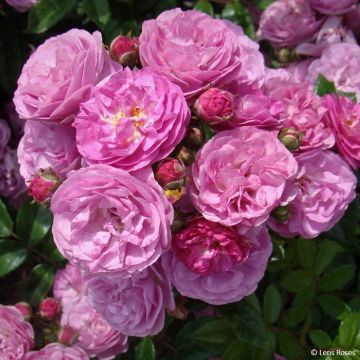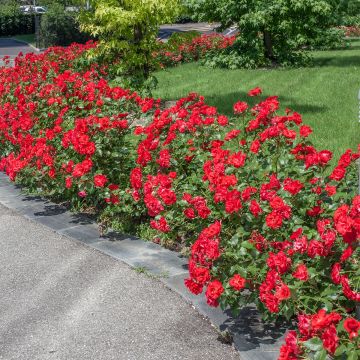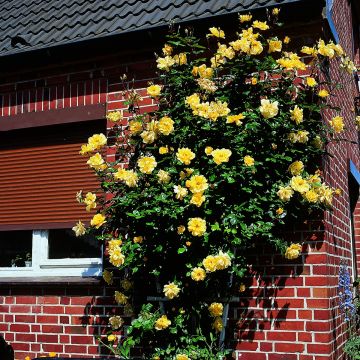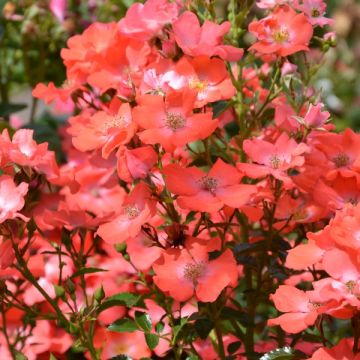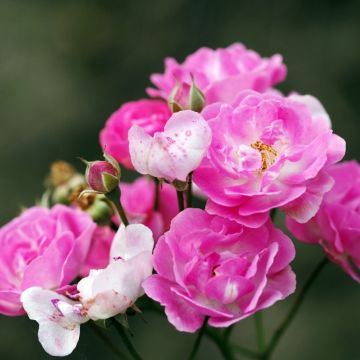

Rosa Ibiza - Hybrid Tea Rose


Rosa Ibiza - Hybrid Tea Rose


Rosa Ibiza - Hybrid Tea Rose
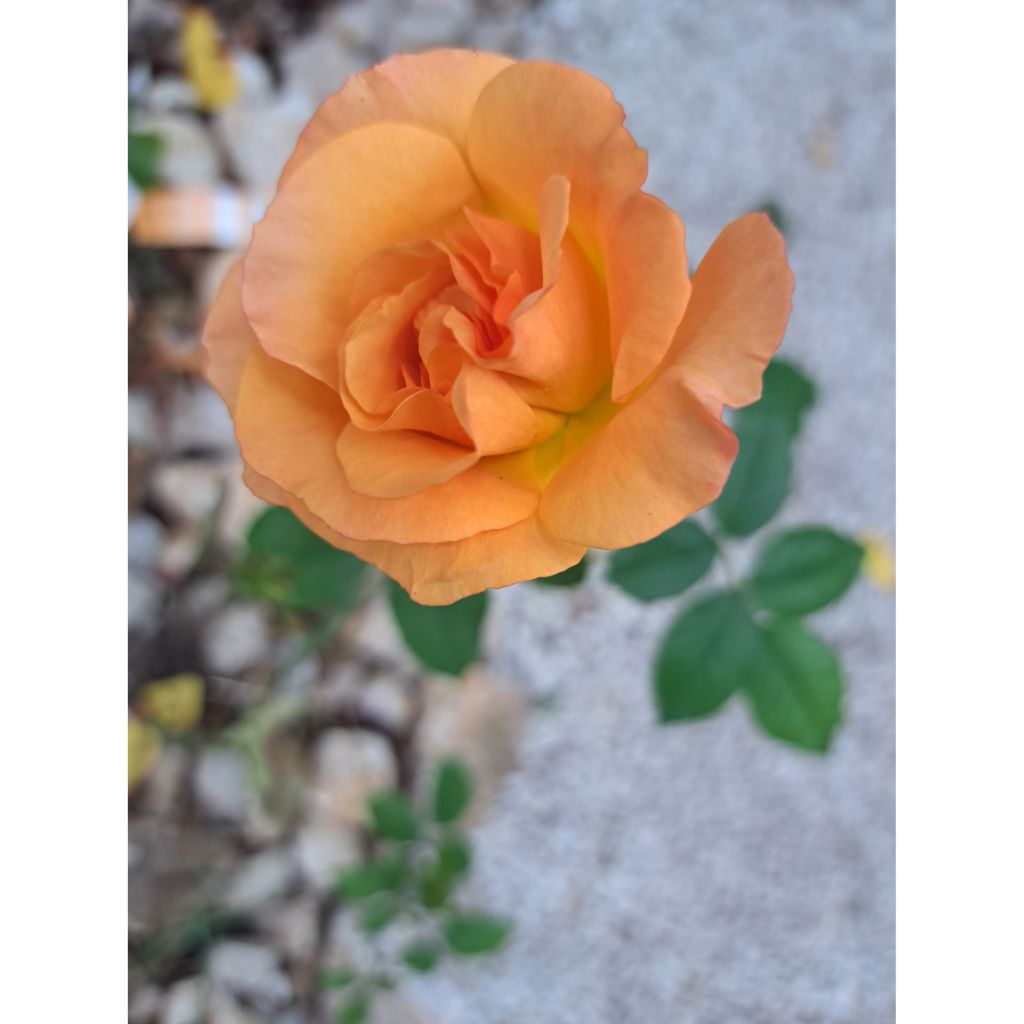

Rosa Ibiza - Hybrid Tea Rose
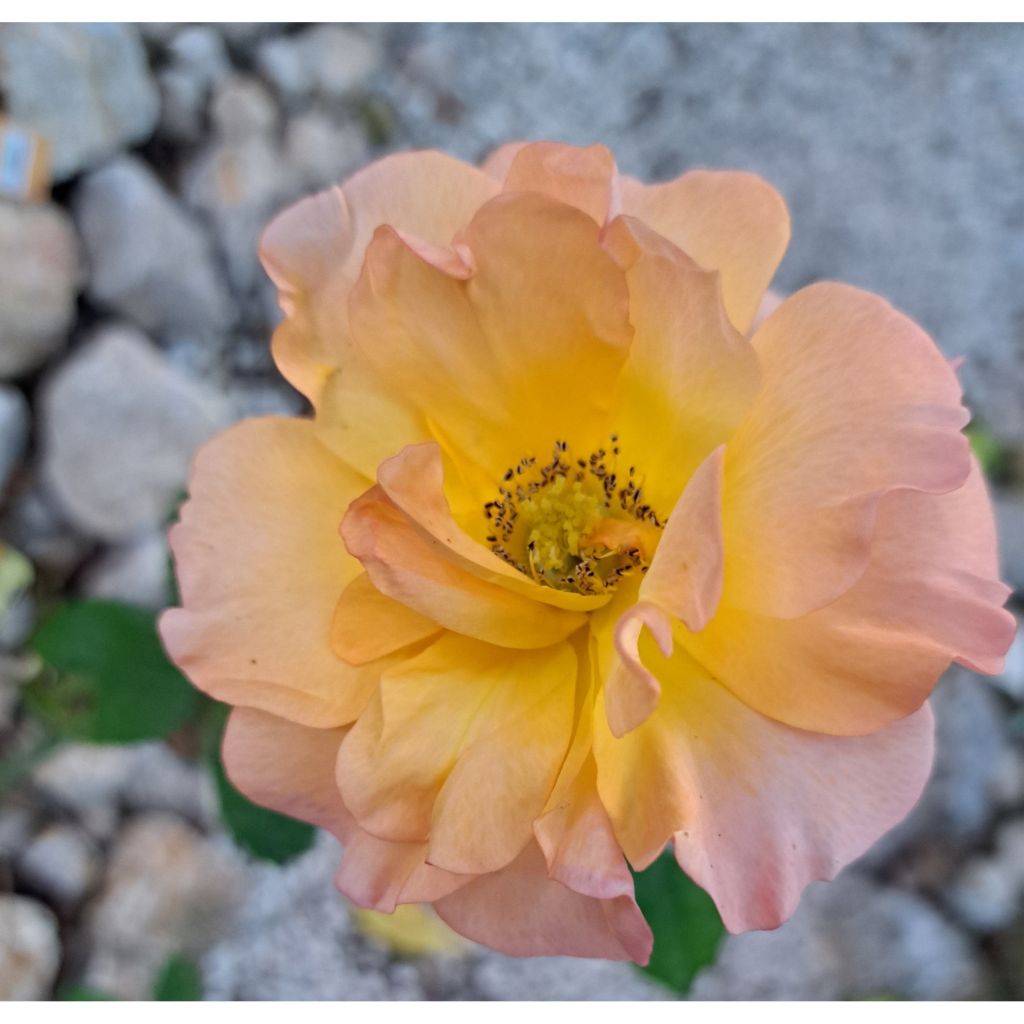

Rosa Ibiza - Hybrid Tea Rose
Rosa Ibiza - Hybrid Tea Rose
Rosa Ibiza® Intercomanje
Scant but stunning blooming, with incredible colours (it almost looks fake ;)
Garance, 28/01/2024
This item cannot be shipped to the selected country
Delivery charge from €6.90
Delivery charge from €6.90
More information
Delivery charge from €6.90
Delivery charge from €6.90
More information
Schedule delivery date,
and select date in basket
This plant carries a 24 months recovery warranty
More information
We guarantee the quality of our plants for a full growing cycle, and will replace at our expense any plant that fails to recover under normal climatic and planting conditions.
From €7.90 for pickup delivery and €6.90 for home delivery
Express home delivery from €8.90.
From €7.90 for pickup delivery and €6.90 for home delivery
Express home delivery from €8.90.

Does this plant fit my garden?
Set up your Plantfit profile →
Description
The 'Ibiza' or 'Intercomanje' bush rose brings a pleasant touch of exoticism to the garden, with its large double flowers in warm and fruity tones that evolve throughout the day while exuding a sweet fragrance of tea rose. It is a not very tall but floriferous and healthy variety, which will be perfect for creating large flower beds or beautiful flowering pots, remarkably colourful from late spring until frost.
'Ibiza' or 'Intercomanje' was registered in 2006 by Dutch rose breeder Interplant. It is a modern bush rose with large flowers and a bushy and compact habit. It reaches about 70 cm (28in) in height and 50 cm (20in) in spread at maturity, with a fast growth rate. This rose produces thorny branches that bear abundant foliage, composed of large dentate leaflets, glossy and dark green. Throughout summer and until October, if faded flowers are removed, the plant continuously produces large double flowers (11 cm (4in)), globular and turbinate, composed of 50 petals. Initially bright orange in buds, the flowers open to orange-red, then lighten to creamy white edged with pink, around a golden yellow centre. The flowers are solitary or grouped in twos or threes, and they are produced at the end of long shoots from the current year or emerging from 2-year-old stems. The foliage of this variety is relatively resistant to diseases under good growing conditions. Deciduous, it falls in autumn and regrows in spring.
This 'Ibiza' rose allows for beautiful borders, planted en masse along the edge of the terrace or in large, vibrant flower beds. Combine them with light blue or white flowers: perennial flax, salvias, catmints, panicled baby's breath, or even bronze fennel, whose feathery foliage will calm its flamboyant flowering. Planted in groups of 3 plants, this 'Ibiza' rose will form a beautifully coloured bush. Also, combine it with white ground cover roses (Swany, Marie Pavie), chamomiles, or light ornamental grasses such as Stipa (barbata, pennata, tenuifolia). Plant it in a summer-coloured flower pot with marigolds or even gaillardias.
Rosa Ibiza - Hybrid Tea Rose in pictures


Plant habit
Flowering
Foliage
Botanical data
Rosa
Ibiza® Intercomanje
Rosaceae
Cultivar or hybrid
Rosa canina Laxa (4L/5L pot), Rosa multiflora (Wrapped bare root)
Other Polyantha clustered Roses
Planting and care
Plant the 'Ibiza' rose between November and March. Make sure to use ordinary, well-loosened and drained soil. Roses prefer clayey soils, which are rather heavy than light. If the soil is too sandy, compact or dry in summer, it is preferable to bury compost or well-rotted manure at the bottom of the planting hole. This rose dislikes waterlogged soils in winter. So, it is essential to plant it in a sunny exposure or in partial shade.
To keep your roses healthy, it's important to use specific fertilisers at the beginning of their growth and during their flowering period. Keep in mind that roses require extra attention, so regular fertiliser applications are necessary to keep them thriving. To encourage repeat flowering, remove faded flowers regularly. Prune repeat flowering roses before their second flush. Prune their branches by 1/3 each spring.
Roses may develop unsightly spots at the end of summer, but this is a natural occurrence and doesn't harm the rose's growth.
Planting period
Intended location
Care
Roses by purpose
Haven't found what you were looking for?
Hardiness is the lowest winter temperature a plant can endure without suffering serious damage or even dying. However, hardiness is affected by location (a sheltered area, such as a patio), protection (winter cover) and soil type (hardiness is improved by well-drained soil).

Photo Sharing Terms & Conditions
In order to encourage gardeners to interact and share their experiences, Promesse de fleurs offers various media enabling content to be uploaded onto its Site - in particular via the ‘Photo sharing’ module.
The User agrees to refrain from:
- Posting any content that is illegal, prejudicial, insulting, racist, inciteful to hatred, revisionist, contrary to public decency, that infringes on privacy or on the privacy rights of third parties, in particular the publicity rights of persons and goods, intellectual property rights, or the right to privacy.
- Submitting content on behalf of a third party;
- Impersonate the identity of a third party and/or publish any personal information about a third party;
In general, the User undertakes to refrain from any unethical behaviour.
All Content (in particular text, comments, files, images, photos, videos, creative works, etc.), which may be subject to property or intellectual property rights, image or other private rights, shall remain the property of the User, subject to the limited rights granted by the terms of the licence granted by Promesse de fleurs as stated below. Users are at liberty to publish or not to publish such Content on the Site, notably via the ‘Photo Sharing’ facility, and accept that this Content shall be made public and freely accessible, notably on the Internet.
Users further acknowledge, undertake to have ,and guarantee that they hold all necessary rights and permissions to publish such material on the Site, in particular with regard to the legislation in force pertaining to any privacy, property, intellectual property, image, or contractual rights, or rights of any other nature. By publishing such Content on the Site, Users acknowledge accepting full liability as publishers of the Content within the meaning of the law, and grant Promesse de fleurs, free of charge, an inclusive, worldwide licence for the said Content for the entire duration of its publication, including all reproduction, representation, up/downloading, displaying, performing, transmission, and storage rights.
Users also grant permission for their name to be linked to the Content and accept that this link may not always be made available.
By engaging in posting material, Users consent to their Content becoming automatically accessible on the Internet, in particular on other sites and/or blogs and/or web pages of the Promesse de fleurs site, including in particular social pages and the Promesse de fleurs catalogue.
Users may secure the removal of entrusted content free of charge by issuing a simple request via our contact form.



































